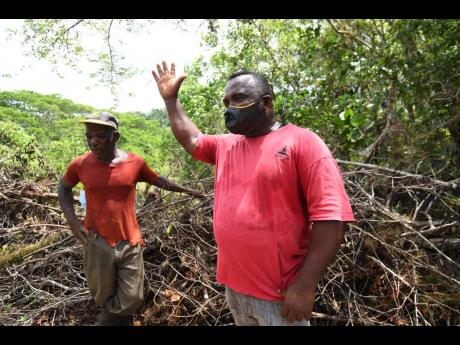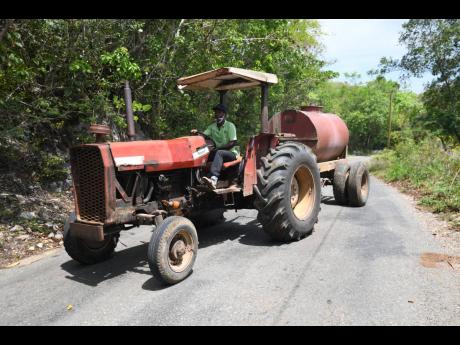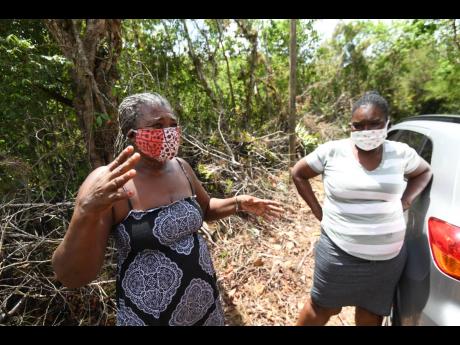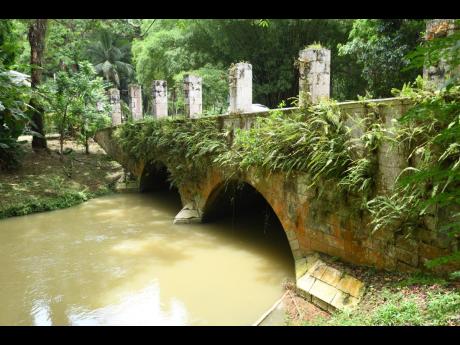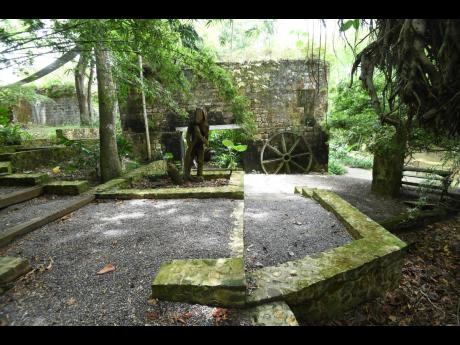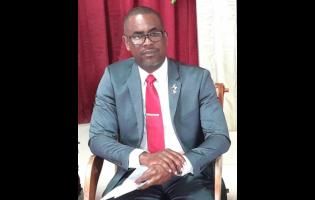Not a place of refuge - Good Hope offers no escape route for people fleeing virus in city
The Good Hope area of Trelawny is a cool, inviting community that offers a welcome respite from the hustle and bustle of fast-paced life in the city. Up to a few weeks ago, tourists and locals alike would journey to this hillside area for adventures at Chukka Cove.
Good Hope, though, has more to it than Chukka Cove. It is a quiet, sleepy, picturesque countryside community that has a rich plantation, and the majestic Martha Brae River is something to behold. It is the place through which a group of youngsters travelled as they escaped to Jean D’Costa’s fictional place, Last Man’s Peak.
In the book, Escape to Last Man’s Peak, 10 children left Sunrise Home, presumably in St Catherine, and sought refuge at a house after a deadly pneumonia epidemic broke out on the island, which claimed the lives of several persons, including the caretaker at their home.
Good Hope resident Alvin Forskin, 62, has never read the book, but having had the plot explained, he quickly drew a parallel with the current coronavirus that has infected more than 500 people in Jamaica. He is convinced that there may come a time that people may want to escape to the community he now calls home.
People leaving St Catherine
“The strange people, we nuh waah see dem,” Forskin said, adding that he has heard stories of people leaving St Catherine, when it was under lockdown, and entering the parish undetected by travelling through forested areas. He hopes this is not true, and is praying that COVID-19 does not get out of control, to the point that people would want to run away from densely populated areas to rural communities like Good Hope.
After initially encouraging Jamaicans to stay home to contain the spread of the novel coronavirus, Prime Minister Andrew Holness said it is important that the economy returns to capacity. When translated, this means the country is opening up once more.
Forskin, however, is not sold on the idea of moving about. He has relatives in the Corporate Area, and as he puts it, “Right yah now me naah guh deh. And me nuh want none a dem come look fi me.”
The virus, which was discovered in Wuhan, China, has infected more than 4.3 million persons worldwide and has led to the deaths of in excess of 290,000 people. Some 1.5 million persons have recovered. In Jamaica, 504 persons have been confirmed with the virus. There have been nine deaths and 90 recoveries. Medical experts have warned that people over the age of 65, and those with underlying illnesses, such as diabetes and hypertension, should be particularly careful.
“It mek me scared,” said the senior citizen, who has hypertension. He said that he is due for a medical check-up on his prostate and he is not prepared to go to the doctor, out of fear that he could contract the virus.
“Me buy me medication and have it a yard, because me naah guh nuh weh,” Forskin said.
Following the developments
Elvet Joseph, 45, is equally scared about the virus reaching his community. He said that when he started following the developments with the virus in China, the last thing he thought was that it would reach Jamaica’s shores. However, he was jolted when he saw what was happening in the United States, particularly New York.
“Me nuh welcome people a me yard right now. Mi mother deh a town, mi sister deh a town, me a tell yuh di truth, mek dem stay a dem yard,” he said.
And he is dead serious. Asked by THE STAR what he would do if he sees children turn up in Good Hope, pretty much the same way Jean D’Costa penned it, Joseph said a tough ‘no visitor’ stance is crucial.
Forskin and Joseph work at the Good Hope Estate and are hoping that the virus will quickly disappear, but they fear that if it gets out of hand Jamaicans could stuggle to feed themselves. Forskin is planting more yams to supplement his bananas and plantains, and he is prepared to eat his ‘common fowl’ if ‘white fowls’ become scare.
Patricia Gordon and Barbara Murray, both of whom stress the importance of social distancing and hand hygiene, said people coming into their community could put them at risk.
Murray, for example, is so careful that she ensures she drives her daughter to Falmouth, where she works in a pharmacy. She packs her lunch to ensure that she does not have to interact too much with the public, and they shower in an outside bathroom before entering their house. No wonder they are not prepared to take chances and have their community show up on the COVID map because of visitors.
“It is not fair. They should stay where they are. What if they have it and they come here, and we are told that there is nobody here with it?” Murray said.
Gordon is similarly concerned: “I am sorry, but we don’t accept stranger here. It may sound like we are selfish, but it’s not so … We can’t afford to accommodate anybody now.”
The women both work at the Good Hope Great House, which has closed due to the virus. They know that someday it will have be to reopened and visitors will soon start making their way to the countryside to get their slice of history, nature’s beauty, and add to the pages of their life’s novel.
































